The world’s largest mangrove forest stretches along the Bay of Bengal coast, straddling the Bangladesh-India border. Climate change and a shortage of fresh water from sources upstream are impacting this delta seriously. But efforts to tackle the problems have been sporadic and piecemeal.
thethirdpole.net partnered with the Kolkata-based Environment Governed Integrated Organisation, the Observer Research Foundation and the South Asia Water Initiative of the World Bank to take journalists from Bangladesh and India to the Sundarbans on both sides of the border, in an effort to see if media reports on common issues would give a fillip to transboundary cooperation. The results are encouraging.
The problems
Climate change is impacting the Sundarbans in two major ways. One, the sea is rising and engulfing more and more land at every high tide. When the tide recedes, the land is left more saline than before, less able to grow paddy, the traditional crop of the area. The same goes for the brackish creeks and river mouths dotting the forests. The second effect is more frequent and more severe cyclones, with higher sea temperatures giving the cyclone winds greater velocity. The area is still recovering from the killer cyclone of 2009; although it has not faced another one of such magnitude, it keeps facing plenty of smaller storms.
Adding to this is lack of freshwater and silt from the Ganga-Brahmaputra-Meghna river system that forms the Bengal delta. Multiple dams, weirs and barrages divert much of the water upstream and hold back the silt. The result is lack of freshwater to dilute the saline water; and lack of silt that makes up the delta. The entire delta is sinking, which only adds to the effect of sea level rise.
The region, best known internationally as the home of the Royal Bengal Tiger, is also home to around 13 million people – 8.5 million around the forests in Bangladesh and 4.5 million inside the forests in India. Going by the latest census data, 43.23% of these people live below the poverty line of USD 2 a day. That is far more than the percentage of people living below the poverty line in Bangladesh (26%) and India (21.92%).
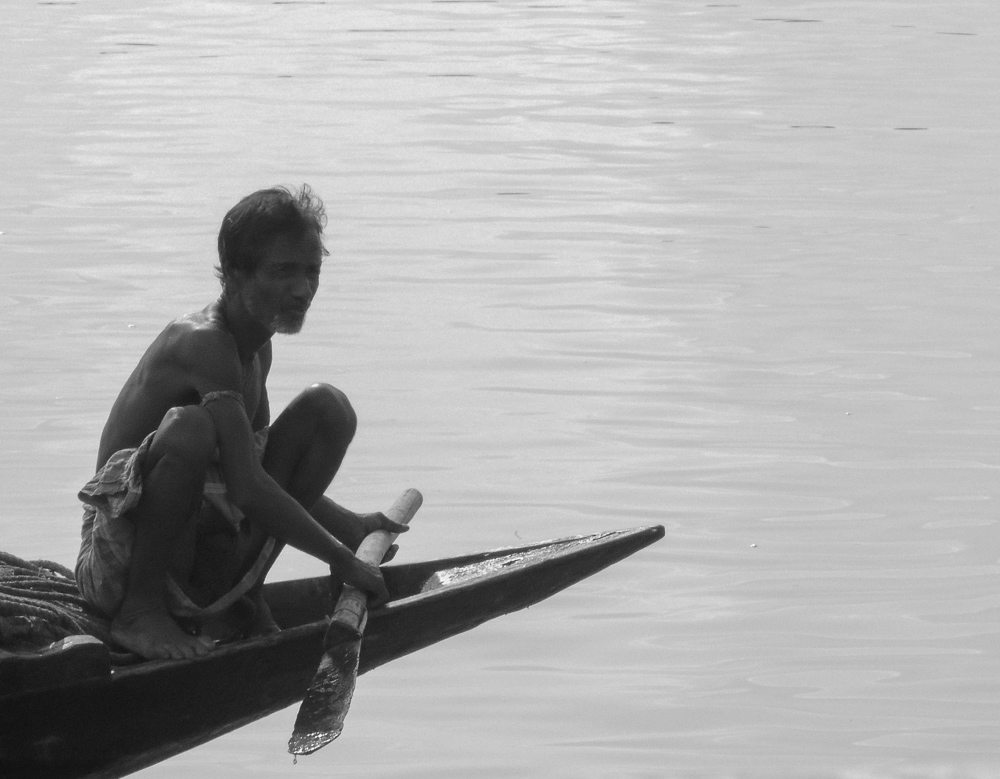
Most of the problems in the Sundarbans are common to Bangladesh and India and there are various ways in which residents have tried to adapt to them. A focus on the common problems and solutions foster cooperation at various levels, from that of farmers finding out about salt-resistant paddy varieties used across the border to governments coordinating on fishing ban seasons.
The reports
These issues have been reported in the media in both Bangladesh and India, but usually within the country, and relatively few of the reports have been distributed widely across the international border. thethirdpole.net and its partners considered three ways in which this pattern could be changed. First, to take joint groups of journalists from Bangladesh and India to various hotspots within the Sundarbans on both sides of the border. Second, to facilitate more and better coverage of the issues through the provision of media grants. Third, to start a trilingual website in Bengali, English and Hindi that will focus on common problems and common solutions. The first two activities have been completed.
The process was started by holding consultations with policymakers, think tanks, academics, media houses, journalists, NGOs and community-based organizations in both Bangladesh and India. All agreed on the desirability of the initiative.
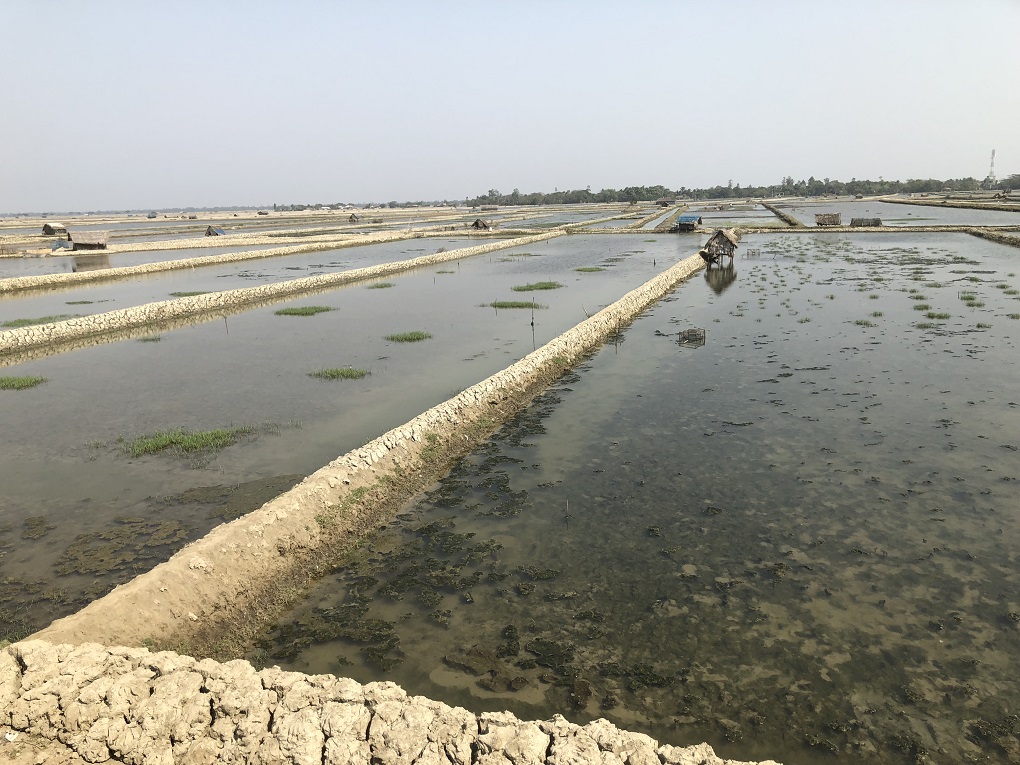
See: Initiative to save the environment of Sundarbans
See: Effect of climate change on Sundarbans, sea water engulfing islands
See: Over 100 islands in Sundarbans face existential threat as sea level rises
See: Erosion does not spare even burial ground
See: Sinking Sundarbans is an indication of the future
See: At Ground Zero, Ground Giving
See: Climate bites off Bengal toe
See: Graveyard of A Land
See: Rising sea swamps island along Bengal coast
See: Sinking Sundarbans islands underline climate crisis
See: Sinking Sundarbans: Inexplicable lack of global concern
See: Locals clean tourist trash in an effort to save Sundarbans
See: Climate change victims need money to survive, not words
The second workshop, in two districts of Bangladesh adjacent to the Sundarbans, also led to a flurry of reports that showed the common nature of the problems in this transboundary landscape.
See: Sundarbans: Increasing salinity
See: Saline water creating problems in conjugal life
See: India, Bangladesh need to work together to save Sundarbans: Experts
See: Keeping heads above rising sea, barely
See: Japanese appetite drives crab farming in the Sundarbans
See: India lost 40% of its mangroves in the last century, and it’s putting communities at risk
See: Rapid industrialisation poses pollution risk to the Sundarbans
See: As floods rise in Bangladesh, crab farming helps families tread water
See: Pleasure island
See: Sundarbans rivers losing fish diversity
See: Salty water causes serious health hazard to women
A defining characteristic of these media reports is the commonality of the problems in the shared landscape, across the international border. The reports also point to local solutions that can easily be replicated across the border.
Media grants
Following the workshops, thethirdpole.net and its partners invited applications from journalists to report on the environment, economy and livelihood issues from the Sundarbans in Bangladesh and India. Nine journalists were selected and produced reports that once again showed the commonality of the problems across the border and the possibility of common solutions that can work better if the two countries cooperate more closely.
See: Biodiversity crisis in the rivers of the Sundarbans (text report)
See: Biodiversity crisis in the rivers of the Sundarbans (audio-visual report)
See: Honey collection declines in the Sundarbans
See: Industrial development in the southwest bane for the Sundarbans
See: Extreme salinity affects nutrition of women, children
See: Climate change affecting honey collection in the Sundarbans
See: Environmentalists object to LPG plant adjacent to the Sundarbans
Next steps
It has become clear from the project that there is a need to report more on common livelihood issues, including vulnerability to climate change impacts and resilience to such impacts, especially of women and youth; the current out-migration from the region; the state of the biodiversity; and the steps being taken by the authorities in both countries to improve social and physical infrastructure, promote climate smart agriculture, deal with salinity, sea level rise and the sinking of the entire delta. This may even lead to joint management of rescue, relief and rehabilitation efforts when the next disaster hits the region. More workshops of the kind held in Bangladesh and India would help journalists improve their ability to report more accurately. This, in turn, would lead to a public and government more prepared and better equipped to handle the challenges that climate change is bringing to the marginalised populations in this region.
![<p>Villagers in the Sundarbans are being displaced by coastal erosion, high soil salinity and increasingly violent cyclones [image by: Soumya Sarkar]</p>](https://dialogue.earth/content/uploads/2018/01/Sundarbans2.jpg)


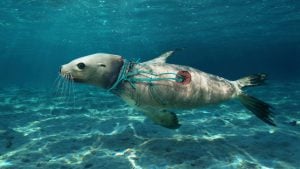
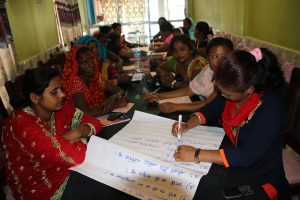
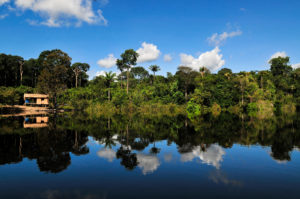

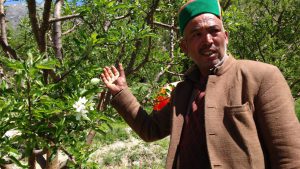
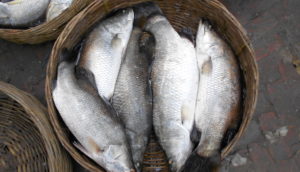
![Hilsa fish at a market in Barisal, Bangladesh [image by Finn Thilsted]](https://dialogue.earth/content/uploads/2016/04/Hilsa-fish-bangladesh-pic-300x199.jpg)